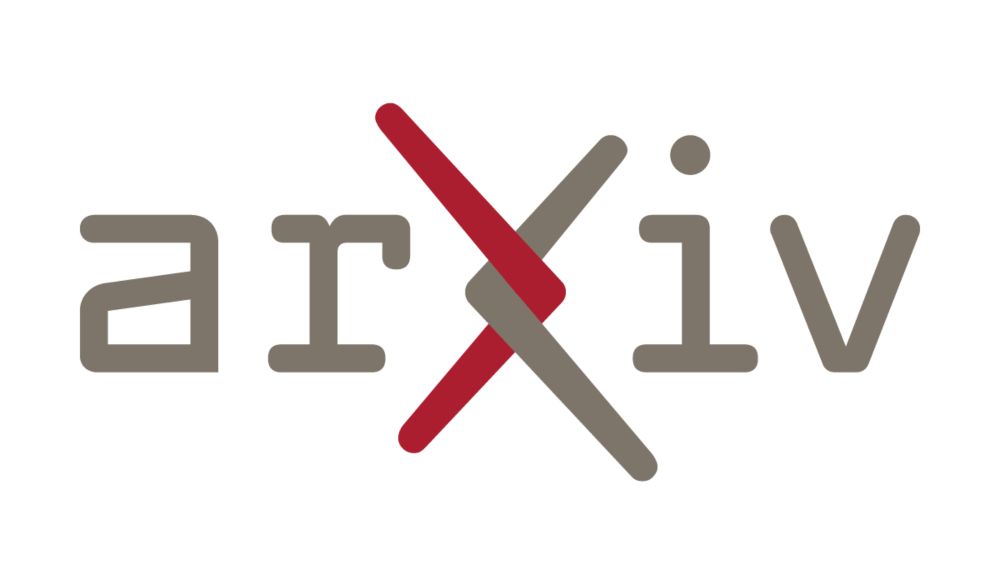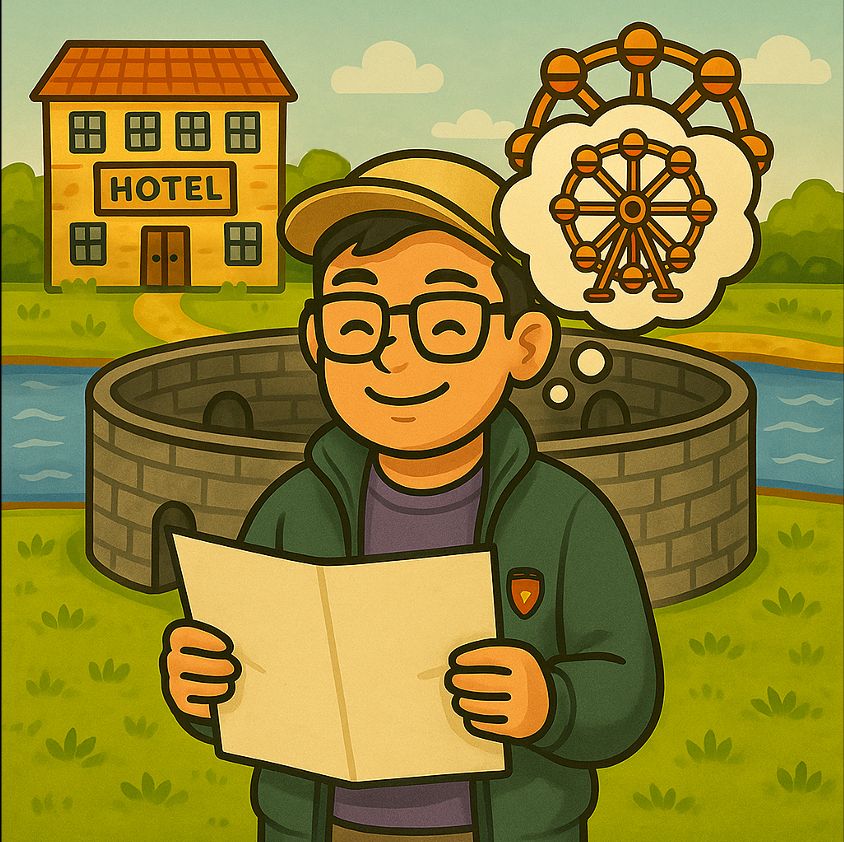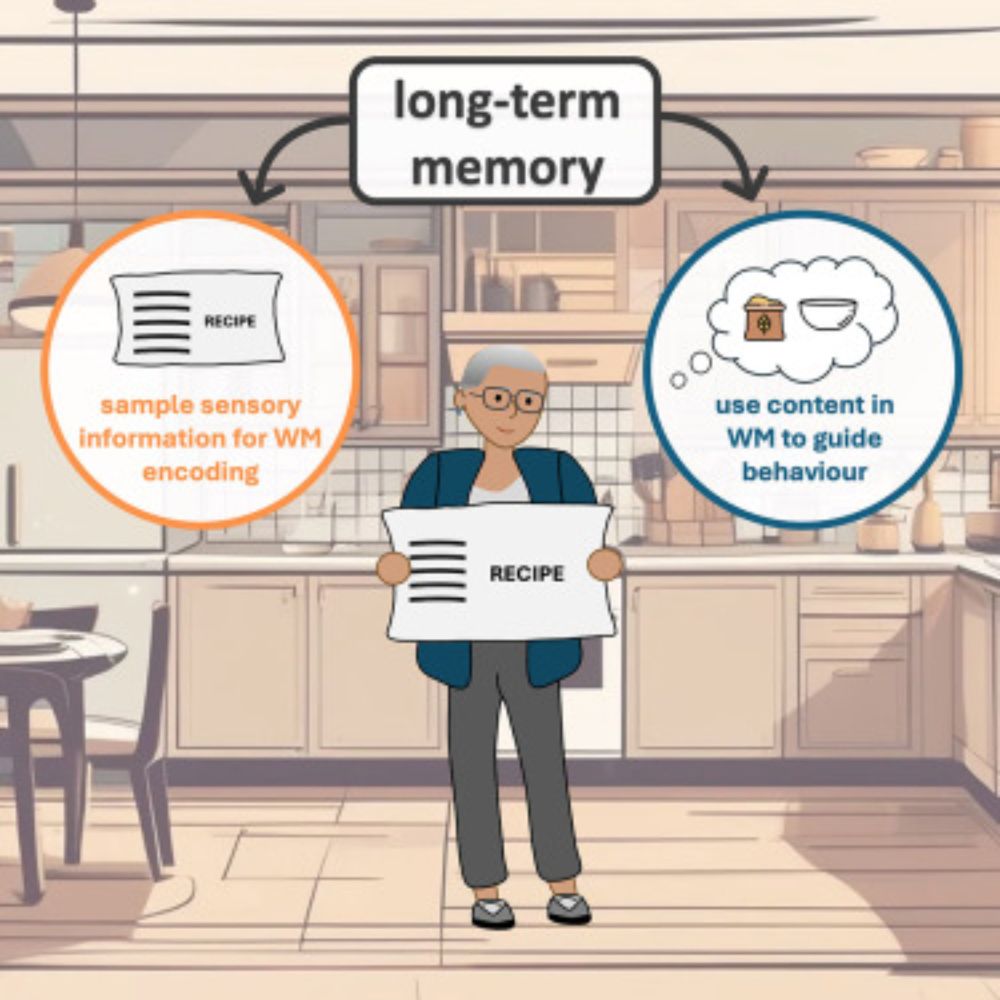Ellie Holton
@eleanor-holton.bsky.social
160 followers
210 following
12 posts
Cog neuro of learning and decision-making at University of Oxford with @summerfieldlab.bsky.social
https://eleanorholton.github.io/
Posts
Media
Videos
Starter Packs
Pinned
Reposted by Ellie Holton
Reposted by Ellie Holton
Ti-Fen Pan
@tifenpan.bsky.social
· Aug 29

Latent variable sequence identification for cognitive models with neural network estimators - Behavior Research Methods
Extracting time-varying latent variables from computational cognitive models plays a key role in uncovering the dynamic cognitive processes that drive behaviors. However, existing methods are limited ...
doi.org
Reposted by Ellie Holton
Reposted by Ellie Holton
Reposted by Ellie Holton
Reposted by Ellie Holton
Qihong (Q) Lu
@qlu.bsky.social
· May 8
Reposted by Ellie Holton
Reposted by Ellie Holton
Reposted by Ellie Holton
Levi Kumle
@levikumle.bsky.social
· Feb 28
Ellie Holton
@eleanor-holton.bsky.social
· Feb 25
Ellie Holton
@eleanor-holton.bsky.social
· Feb 24
Ellie Holton
@eleanor-holton.bsky.social
· Feb 24
Ellie Holton
@eleanor-holton.bsky.social
· Feb 24
Ellie Holton
@eleanor-holton.bsky.social
· Feb 24
Ellie Holton
@eleanor-holton.bsky.social
· Feb 24












